Timeline of People, Events, Theories and Definitions of Instructional Technology
See Colaborative Document
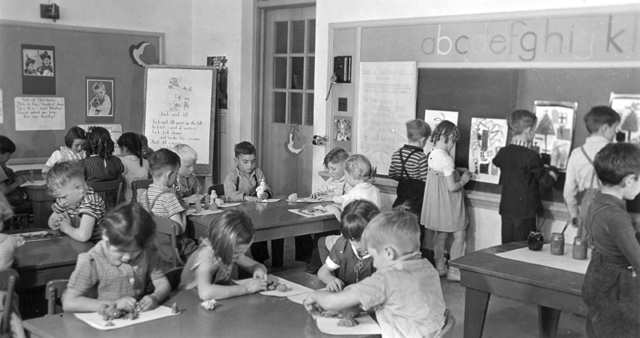
Status of Media
Slides, films, study, prints, charts, school museums, supplementary teaching with textbooks
Instructional Design
- Visual instruction
- Military
Books will soon be obsolete in schools -Thomas Edison
Definition of the Field (Instructional Technology)
Use of pictures and the power of visualizing learning
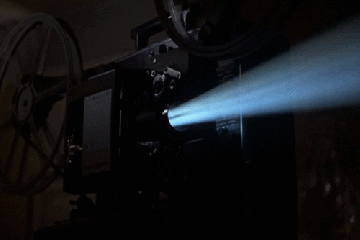
Status of Media
Photographs, slides, films, motion picture projector, radio
Instructional Design
- Audio-visual instruction
- Visual education
- Visual instruction movement, lost due to Great Depresssion
- McClusky: leader in the field
The development of visual representation to audio-visual representation
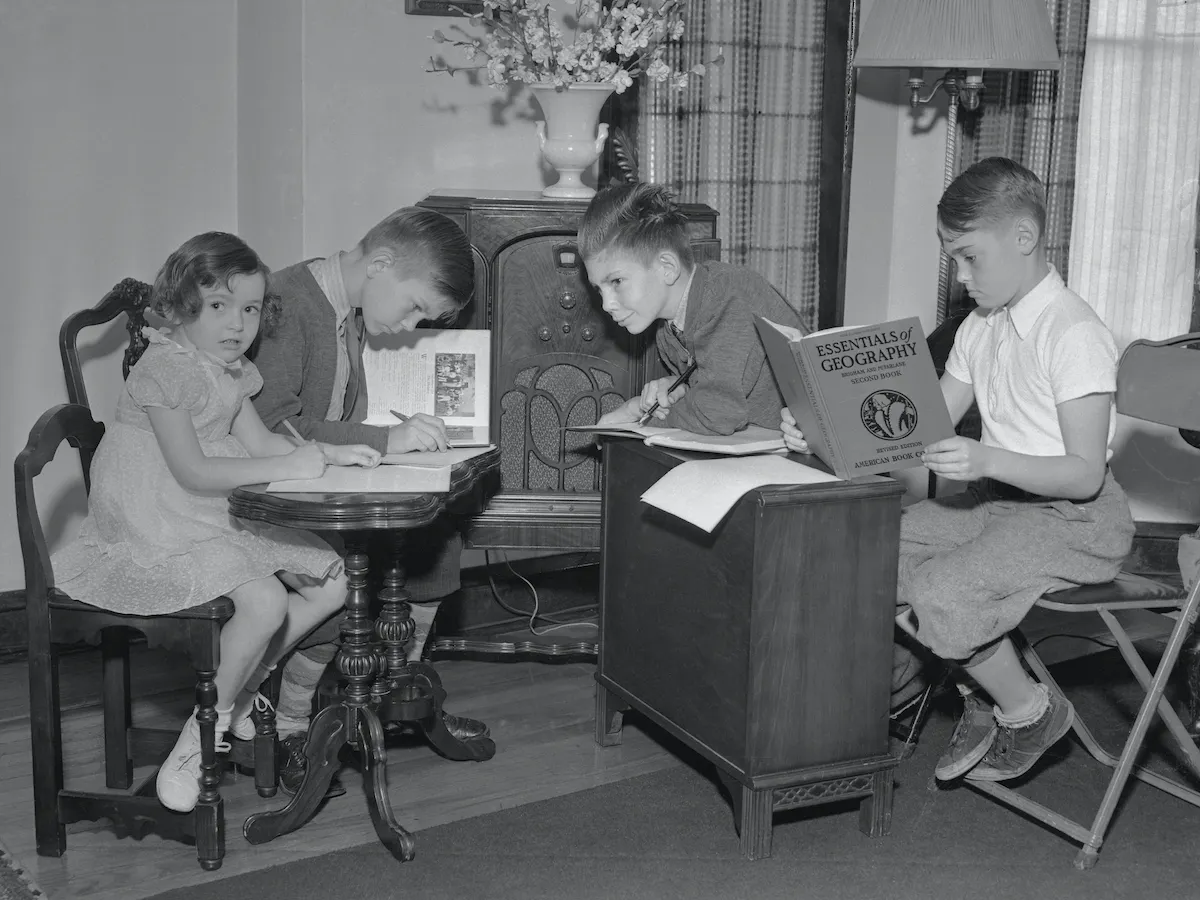
Status of Media
Radio, sound in cartoons, desk phone, electron microscope, FM broadcasting, photocopier, turnstile antenna
Instructional Design
- The value of audio-visual materials had the ability to present concepts in a concrete manner
- Those involved in designing programmed instructional materials often began by identifying the specific objectives learners who used the materials would be expected to attain. Mager popularized the use of objectives including his directions how to write objectives: include a description of desired learner behaviors, the conditions under which the behaviors are to be performed, and standards by which behaviors are to judged
Instructional media - physical means in which instructional media is presented
Status of Media
Digital computer, mobile phone, velcro, jukebox, transistor, microwave oven, frisbee
Instructional Design
World War II training films
- Detailed task analysis was developed by Robert B. Miller while he worked on projects for military organizations, started viewing training as a system and developed a number of innovative analysis, design and evaluation procedures
- Edgar Dale developed the Cone of Experience. This was the beginning of the recognition of how learners remember, and is useful recognizing that it takes a combination of media and activities to provide a meaningful and successful learning environment
Instructional design commenced during World War II when several psychologists and education specialists were asked to create training materials in mass for several thousand soldiers. Tests were also administered during this time to assess learner's abilities.
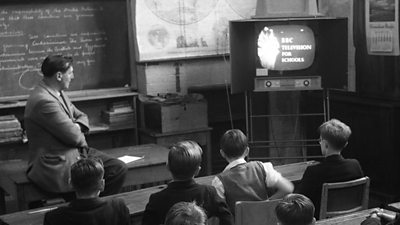
Status of Media
Television, educational TV, radio, newspaper, letters
Instructional Design
- Development of theories
- Some argued that education design should focus on instructional methods rather than media that delivered those methods
- Mager wrote the book, Preparing Objectives for Programmed instruction
- Shannon and Weaver model: Focused on communication process involving sender and a reciever, and a reciever or medium
- Arthur A Lumsdaine, focused on identifying how learning was affected by various techniques for elicit overt students response
- Mager wrote the book, Preparing Objectives for Programmed instruction - The book describes how to write objectives that include a description of desired learner behaviors, the condidtions under which the behaviors are to be performed, and the standards (criteria) by which the behaviors are to be judged
Audio-visual instruction and educational broadcasting
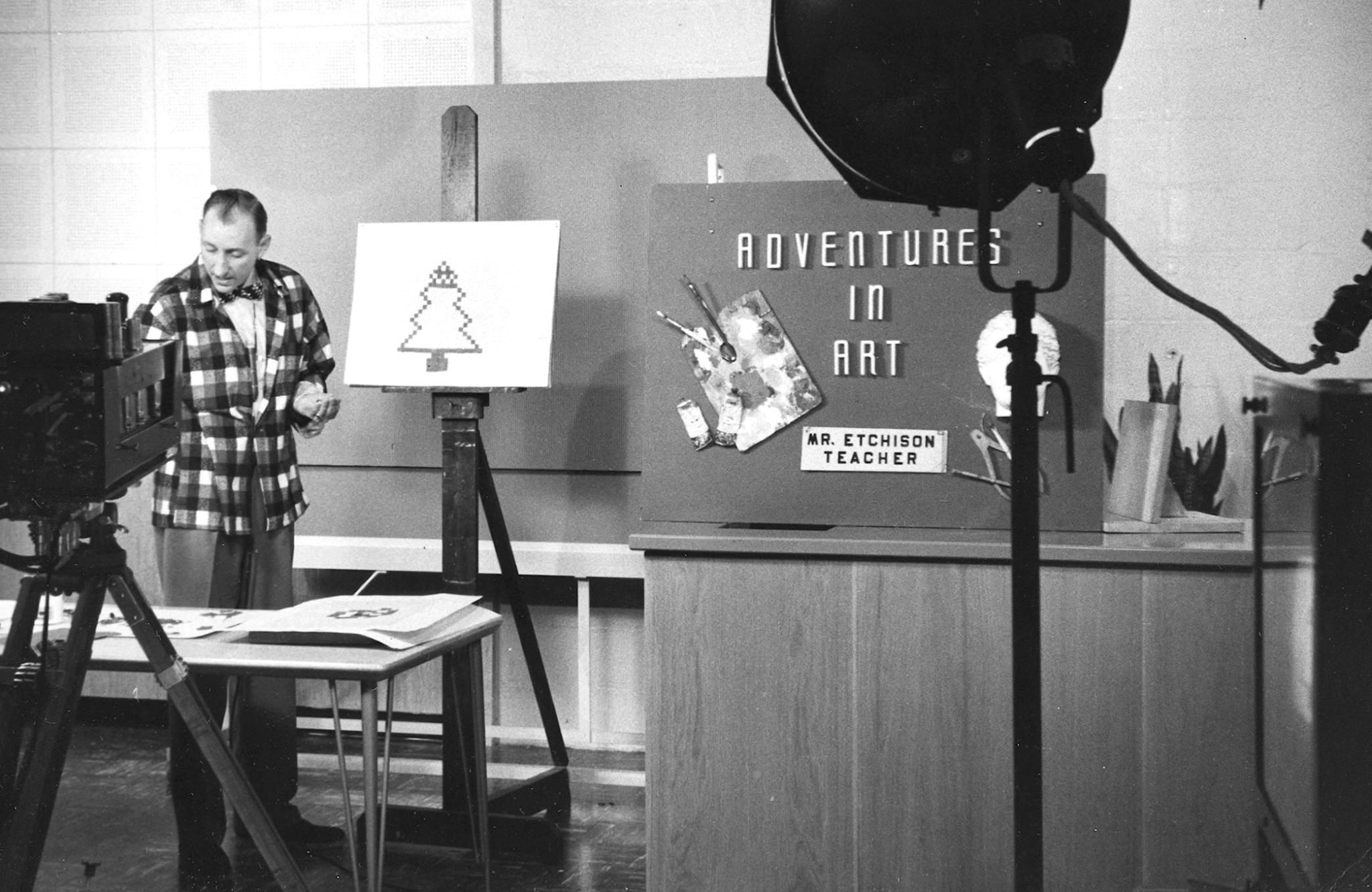
Status of Media
Television, educational broadcasting
Instructional Design
- Educational broadcasting material were poorly produced and was eventually changed to include cultural and informational presentations
- Criterion-Referenced Testing Movement- testing designed to measure how well individuals complete a task irrespective of how well others perform
- The conditions of learning. Robert Gagne describes 3 domains of learning which are cognitive, affective, psychomotor. He also describes five learning outcomes which are information, intellectual skills, cognitive strategy, attitude, and motor skills. He also explains 9 events of instruction
- Hierarchical analysis process for identifying subordinate skills, which is still widely used today
- Programmed instruction: a method of presenting new subject matter to students through a graded sequence of controlled steps with corresponding activities
Instructional design progressed from just media to a better planned and organized process of learning
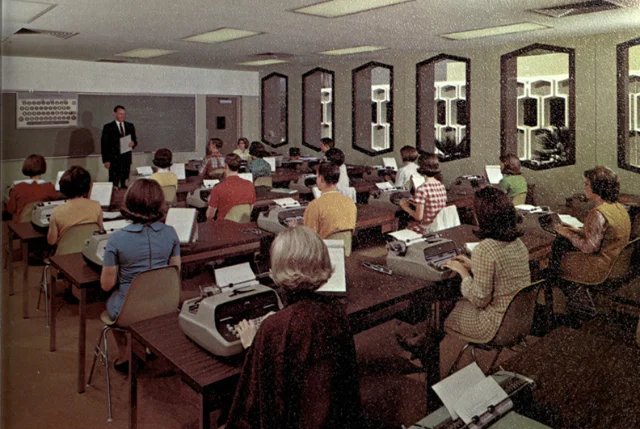
Status of Media
Floppy disks, personal computers, VCR, GUI, cell phone
Instructional Design
- Interest in “systems approach” model
- 40 models
- ADDIE model (1975)
- Computer based training
- 1975 Military adopted
- Instructional design model - train within branches
New models for systematically designing instructions
- Many sectors are adopting instructional design (creating more graduate programs in instructional design)
- Using instructional design to improve the quality of their instruction/ improve student performance
- Military/Business-qual ity of training mphasis on the instructional media- “i.e. training materials”
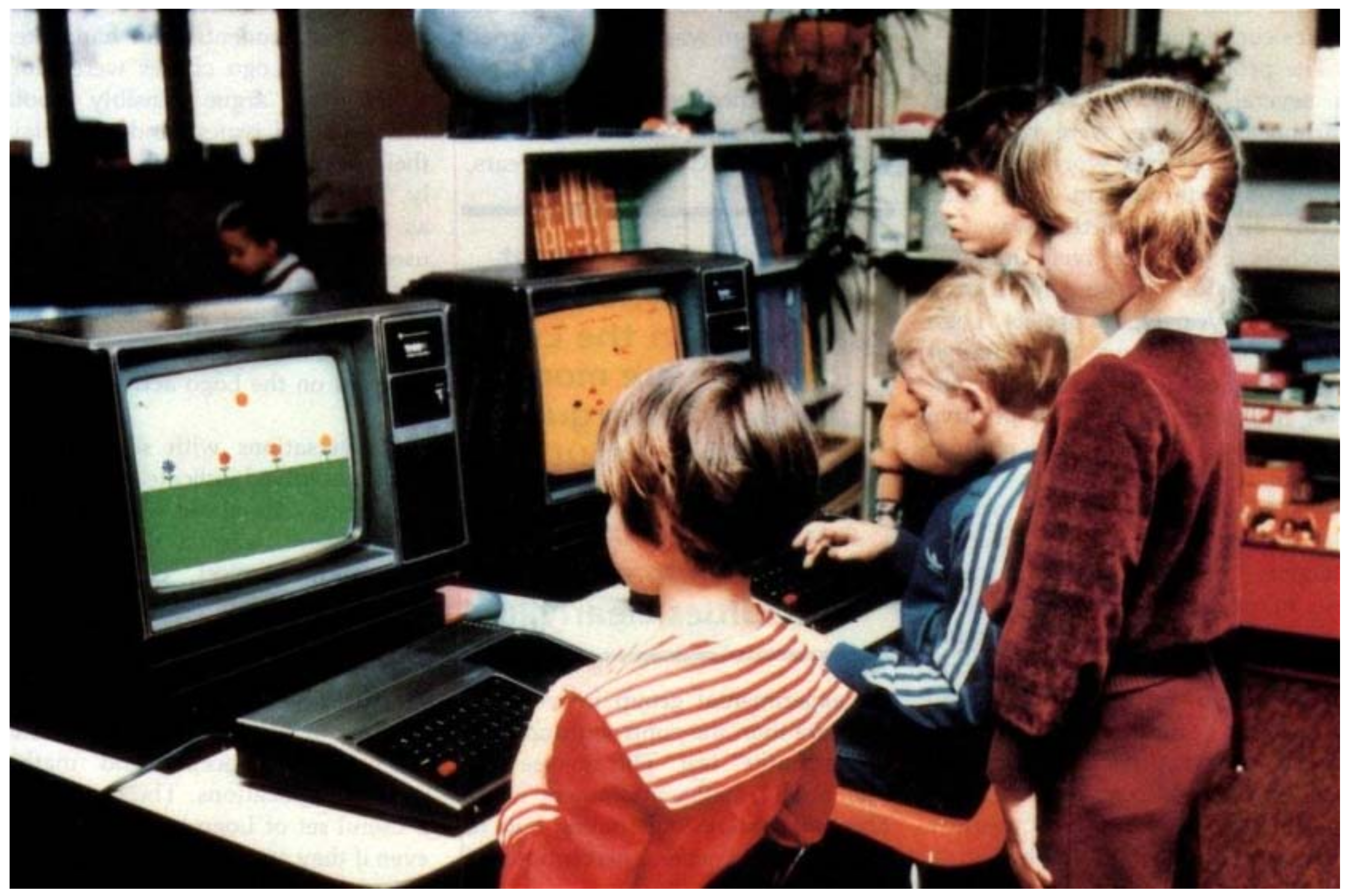
Status of Media
NES, IBM PC, CD-ROM, disposable cameras, HD TV, cell phones, Windows, Apple personal computer
Instructional Design
- Computer-based instruction, automated tasks, performance-based technology movement (included noninstructional solutions for performance problems)
- Instructional design models and practices were influenced by the principles derived from cognitive psychology and the new views of teaching and learning associated with constructivism.” “instructional design practices had a minimal impact in higher education
Instructional design geared towards human performance with both instructional and non instructional resources
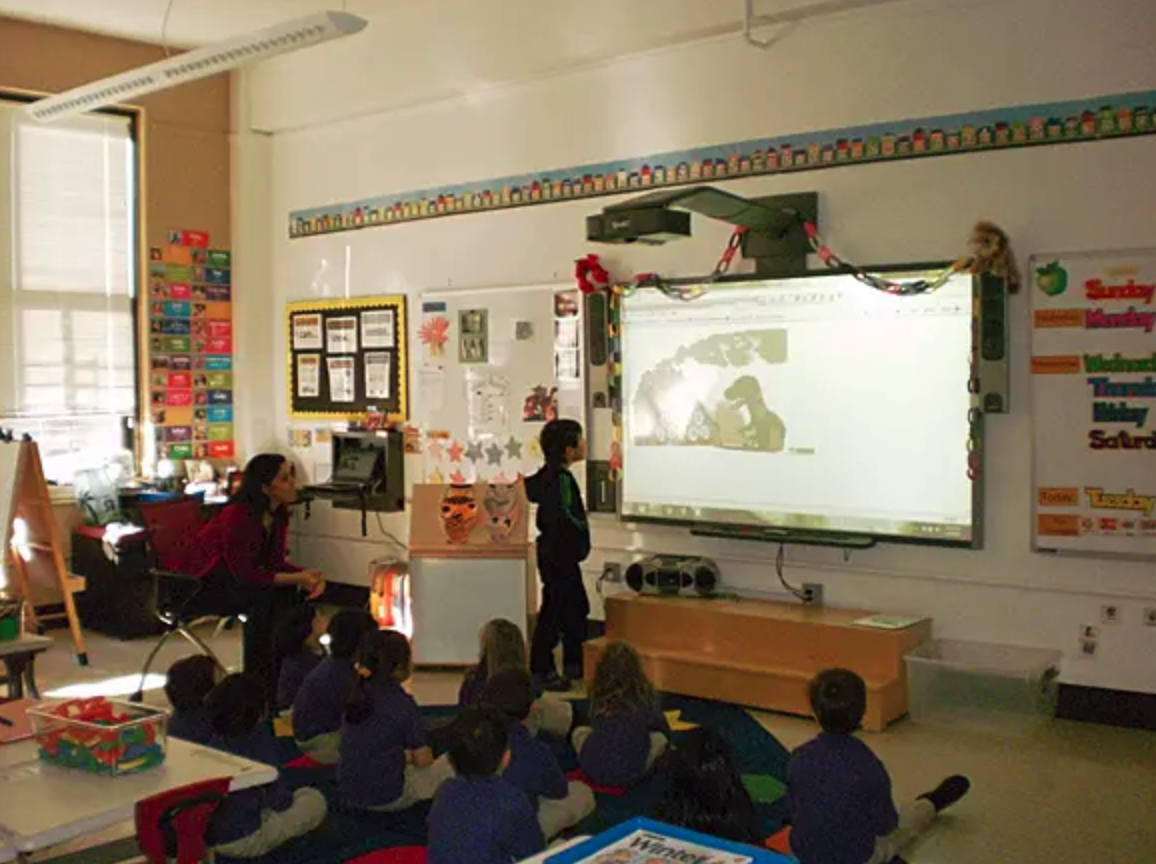
Status of Media
Writeable CD-ROM, personal computers, webpages, databases, dial-up Internet, coomputer based learning games
Instructional Design
- Rapid prototyping, static presentation of media/information, typing games/game based learning (birth of game-based learning), database systems in the workplace
- Constructive theory, advent of performance technology analyses
Instructional technology is the theory and practice of design, development utilization, management, and evaultion of processes and resources for learning

Status of Media
Tablets, mobile devices, portable rewritable media, cloud computing, Web 2.0, broadband Internet, social media, gamification, e-learning, Zoom, Chat GPT (AI), virtual reality, augmented reality
Instructional Design
- Cloud computing and cloud storage
- AI driven instructional design
- Individualized instructional lead development
- Performance technology
Educational technology is the study and ethical practice of facilitating learning and improving performance by creating, using and managing appropriate technological processes and resources